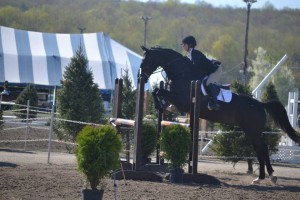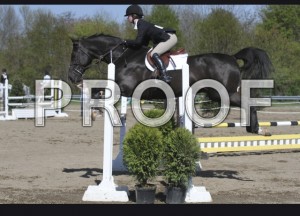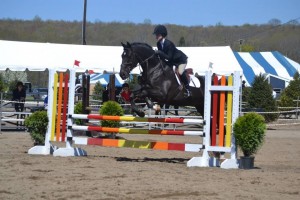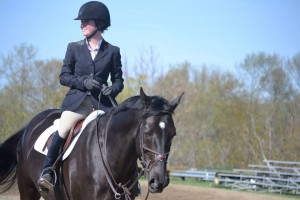Paper Option 3 Idea 3: http://thecolbertreport.cc.com/videos/ysbw7d/sports-illustrated-barbie
Stephen Colbert report about women and Sports Illustrated magazine. Barbie put on cover. Introduction Sports Illustrated is popularly known for their swimsuit addition, featuring attractive females with a relatively small amount of clothing. Degrading? The answer from the majority will most likely be yes. This magazine cover attempts to grasp the man’s idea of the perfect women, potentially belittling others than don’t look quite like her. They rarely have a flaw in their body, which makes men attracted to them and women insecure over them. There is a Stephen Colbert report about women and the Sports Illustrated magazine, specifically the addition with a Barbie on the cover. The report is absolutely filled with satire- utilizing primary strategies, commonplaces, and persuasive aims to create a strong piece. There are many strategies used in Colbert’s report about women and the magazine to generate the idea that the magazine can be seen as degrading and that it represents an unrealistic image of a woman.
Sports Illustrated releases an annual swimsuit edition featuring an attractive woman with very little covering her body. The magazine is dedicated to sexualizing women and presenting them as more of an object than anything else. The interesting aspect behind this magazine though is how they created a 50th addition featuring a Barbie on the cover with the slogan, “#unapologetic.” Stephen Colbert spoke about this specific edition in a report during Women’s History Month, just to make a stronger point. He begins talking about the magazine and how it fully encompasses “how far women have come.” This immediately introduces his satirical stance on the swimsuit edition as a whole. To say women have come so far because they’re featured in a magazine dedicated to a male audience while wearing a virtually nothing is completely sarcastic. It is as almost to say that women are being more degraded and objectified more than ever.
To add on to the idea of the progress of women, Colbert makes a comment that Sports Illustrated’s annual swimsuit addition has “long been a bastion of civil rights from the occasional black model to the one that was under 5’10”.” This humorous approach is what Jay Heinrich, author of Thank You For Arguing, would call wit, or situational humor (Heinrich 100). Colbert uses this witty comment to make it seem like a women under 5’10” is some sort of minority in the eyes of the swimsuit addition. By breaking these barriers and putting “minority” women on the cover, he mocks that women are really making progress in terms of civil rights and respect.
The next “milestone” the magazine was said to make was featuring Barbie in the 50th anniversary edition. This caused a lot of controversy due to the confusion of why a little girl’s toy would be put into a magazine that sexualizes women. A news reporter in the clip states that having Barbie on the cover “only serves to further sexualization of girls and objectification of women.” Colbert replies that this is not the objectification of women, but instead the “womification of object.” This tactic can be seen as a type of chiasmus, a change in word order that creates a crisscross sentence, as well as the invention of new words (Heinrich 218). The Barbie is dressed in a bathing suit, just like a regular featured model would be, which is why Colbert tries to twist the order of the statement. He jokes that women are not being objectified because of the doll, but that the doll is being “womified” because of how the audience will now see her after the edition.
He proceeds by making a witty comment about how Barbie doesn’t need him to defend her because she can do it herself with her glued together plastic fingers. The humor is taken even further when he pulls out a fake magazine article with a quote from Barbie stating, “It’s time to stop boxing in potential. Be free to launch a career in a swimsuit, lead a company while gorgeous, or wear pink to an interview at MIT. The reality of today is that girls can go anywhere and be anything.” This whole idea becomes a mockery due to the use of examples of swimsuit models having the opportunity to be anything they want to be solely because of the sets they’re working on. He says that Sports Illustrated Swimsuit Edition is all about “achieving women’s dreams.” This is humorous because he then makes a mockery out of this by showing women modeling as desert explorers and astronauts. Heinrich would refer to this progression as a cliché twist, or more specifically a surprise ending, meaning that a cliché was started as normal but then ended differently (Heinrich 378). This is not the perfect example of how this rhetorical tactic works however it follows the same general idea with the use of a stereotype. He grouped all women into the idea that they can be anything they want to be, as long as they’re exposing their bodies or looking pretty. This was a surprise ending, but it made a humorous point that supported his claim about objectifying and degrading women.
The Colbert Report touches on different controversial subjects in every episode while keeping the satirical aspect in tact for each. Stephen Colbert attacks the subject of the Sports Illustrated Swimsuit Edition in this specific segment with special focus on the featuring of Barbie. Through rhetorical strategies, commonplaces, and fallacies, Colbert captures ideas of the objectification of women and how the magazine interacts with this issue.





